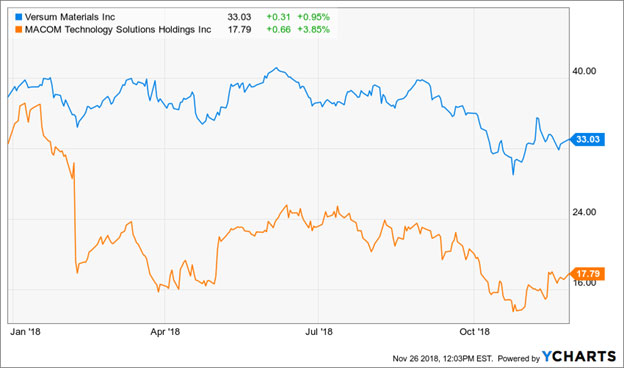Sensational internet connectivity from space is on its way
The future of connectivity depends on a big idea: unlaunched constellations of inexpensive satellites.
SpaceX got one step closer to that dream on Nov. 16. That’s when the Federal Communications Commission granted approval for the launch of 7,518 satellites.
Elon Musk muses that he founded SpaceX to make a small fortune. The punchline is that he started out with a large fortune. But make no mistake — the implications and the opportunity for investors is big.
As an early investor and leader of PayPal (PYPL) and later Tesla (TSLA), his investment career has been charmed. He always started with a big idea, then worked backward to find a way to make it work.
With Tesla, his electric car company, Musk aspired to wean the planet off gas-guzzling cars. He began with a no-compromises, all-electric sports car built for enthusiasts. He followed with less expensive, but still fun to drive, vehicles aimed at the mass market.
Musk’s space ambitions preceded electric cars, and they are more far-reaching …
He has been dreaming of interplanetary travel since SpaceX was founded in 2002. Ultimately, he would like to colonize Mars. But getting to the Red Planet requires a monumental engineering effort and a huge capital investment with limited returns.
Related post: Never bet against the ambitions of Elon Musk
So, SpaceX engineers reimagined space travel. They started with the idea that rocket boosters should be reusable.
Launchers can cost $60 million a pop and normally end up at the bottom of the ocean, just minutes after blastoff. Reusing the booster reduces the cost of future launches to $200,000 worth of fuel. It also means faster turnaround times, and more profitability.
Better rockets are innovative. But that alone is not enough to fund Mars.
SpaceX’s Starlink is a constellation of inexpensive satellites. These Low Earth Orbit (LEO) beacons would beam coordinated signals back to Earth from 210 and 750 miles away using the Ka and Ku frequency bands.
In theory, a system of this size could blanket the entire planet in high-speed internet connectivity. The use cases would be extraordinary …

Internet service providers might beam signals directly into homes, negating the need for costly fiber optic lines.
Wireless carriers could offer subscribers worldwide, unlimited voice and data plans. The days of roaming charges and the fear of lost signals could become relics of the past.
And low-latency, high-bandwidth global connectivity would speed up next generation network applications.
It would make cities smart, cars driverless and manufacturing more efficient.
In the past, satellite internet has been plagued by costly devices parked far away from Earth in geostationary orbit. The service was slow and notoriously poor in bad weather.
Numerous LEO devices with the latest semiconductors, machine learning and smarter antenna systems would remedy these shortcomings. Signals could be effortlessly bounced around storms.
In January, The Wall Street Journal reported that SpaceX internal files showed its constellation internet service is projected to earn $15 billion in profits annually, beginning in 2025.
SpaceX isn’t the only company that wants to help fill that interstellar void …
Investors should think smaller. The secret is the little things, inside the big idea.
Versum Materials (VSM) makes the specialty chemicals and machines that semiconductors firms use to build next-generation microprocessors.
Its customers range from Intel (INTC) to Samsung, and every company in between.
If a processor pushes the envelope, it has Versum in its DNA.
Business is good. Sales grew 21.8% in fiscal 2018. All the key managers are their middle 50s, with plenty of experience cultivating relationships in the sector. And at only 12.8x forward earnings, the company’s share price is not high.
Same goes for this small innovator that’s sending clear signals that it wants to trade higher …
Macom Technology Solutions (MTSI) is considered the leading maker of phased array antenna systems. Next-generation wireless networks will utilize this technology to beam signals into homes, office buildings and shops.
Its scalable planar array tiles, developed in partnership with MIT, set a new standard in antenna design. These are five times less expensive than conventional slat arrays, and they can be tailored and scaled for multiple applications, including 5G.
The Lowell, Mass., company has had a tough stretch. Its optical networking business got caught in the lengthy transition from LTE to 5G. And it was hurt by the ongoing trade war with China, one of its most important markets.
Now the transition to 5G is finally underway, and Macom still makes best-in-class gear.
Related post: Supersonic 5G wireless could kill the cloud
The stock trades at 12.1x forward earnings. Shares used to be $60. They are now $18.
Blazing-fast internet beamed from space is coming. It’s a big idea made possible by small innovations in silicon and antenna design.
Best wishes,
Jon D. Markman




